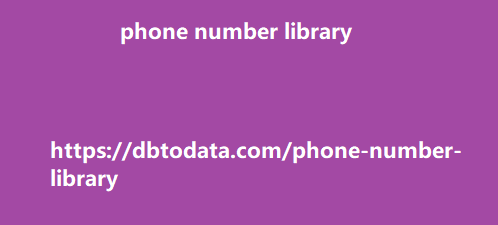If a page is still relevant, label them as ‘optimize’ and find possible pages to link to this page. If a page was relevant but now irrelevant such as old products or old services, you could delete them and leave them as 404. don’t carry any link value at all. If a page is purposely left out, you could leave them as it is. Here’s a sample template that you could use: sample template for orphaned pages While orphan pages can be harmless to your website’s overall rankings and SEO value, it could be a critical issue when important pages are left out.
Include monitoring of orphan pages
in your regular website maintenance audit. Make sure that your website has a healthy site structure and good flow of link juice by internally linking pages to each other. Fix 404 pages Screaming frog 404 The 404 error is an HTTP status code that is sent by a website server to the browser if it is unable to find the webpage a user wants to access. It usually displays a message “Page Not Found” to users. To find them, open your Screaming Frog and input your website URL, then start the crawl. Then click Client Error (4xx) to see the status codes.
You can opt to compile these and send them
over to your team’s web developers. You can also redirect the URLs (301) you believe are still useful to the new pages created to replace them. Secure your website Switch to HTTPS by using a Secure Sockets Layer (SSL). SSL encrypts the link between a web server and a browser. If you’re building a website from scratch, you can add this to your purchase for free depending on the hosting you’re using. If not, you can ask the web developers assigned to your website to purchase the SSL and activate it. You can also see how to do it by yourself through this in-depth guide by HubSpot.
Generate and submit an XML sitemap Tools to use:
Google Search Console You can check if your website has a sitemap by entering in the search bar: www.[website]/sitemap.xml. SEO Hacker Sitemaps If your website doesn’t have one yet, you can use a plugin such as the Google Sitemap Generator Plugin by Arne Brachhold. You can also use https://www.xml-sitemaps.com/ to generate your sitemap. XML sitemaps After you generate your sitemap, you need to submit it. To do that, you need to open Google Search Console, then click Sitemaps. You can then add your sitemap URL and submit. Submit XML sitemap Further reading: Ultimate Sitemap SEO Guide Check your robots.
txt To verify your website’s robots.txt, you
can type iu don’t have one yet, open afghanistan phone number library your Notepad and copy-paste the following: User-agent: * Disallo[website]/sitemap.xml This is the default directive found in a basic robots.txt file. You can add other rules based on your needs. Once you’re done, save it as a .txt file and upload it to the root directory of your website. You can ask the web developers to do so or you can contact your web hosting service provider to help you out.
Further reading: The Complete Guide to
Robots.txt and Noindex Meta Tag Check your robots meta tags Tools to use: Screaming Frog Robots meta tags are pieces of code used to instruct search engines what to follow, what not to follow, what to index, and what not to index. It is found in the <head> section of your webpage. They usually look like this: <meta name=”robots” content=”noindex”> You can opt to press CTRL+U on an individual page to view the page source and check for the meta tag, or you can use Screaming Frog to check the directives in your website. Screaming Frog noindex For example, /category/marketing/ has a directive of noindex, follow.
Let’s look at it through the page source:
technical SEO noindex follow introduction to copywriting There you go. Further reading: What Meta Robots Tag Are For Optimize URL slugs Next, optimize your URL slugs. SEO Philippines When you create a slug, make sure that it contains your keyword, and that it’s as short yet descriptive as possible. So instead of using /seo-in-the-philippines/ as our slug, we just use /seo-philippines/. It’s much easier to understand and remember. It’s also a good web accessibility practice. If the webpage already exists, you can still change the URL—but make sure to redirect the old URL to the new one. In our case, we use the 301 Redirects plugin, so our redirect settings look like this: WP 301 Redirects Provide clear and concise metadata Meta tags are snippets of information that describe a page content—they appear in the source code, not on the page.
Meta tags are essentially little content descriptors
that help tell search engines what a ws data web page is about. According to WordStream, “The “meta” stands for “metadata,” which is the kind of data these tags provide—data about the data on your page.” To optimize your meta tags, you can opt to change your title tags and meta descriptions—and of course, include your keyword. A rule of thumb for title tags is to keep them under 155 characters. Technical SEO meta description When you have a compelling will click on your page will increase.

